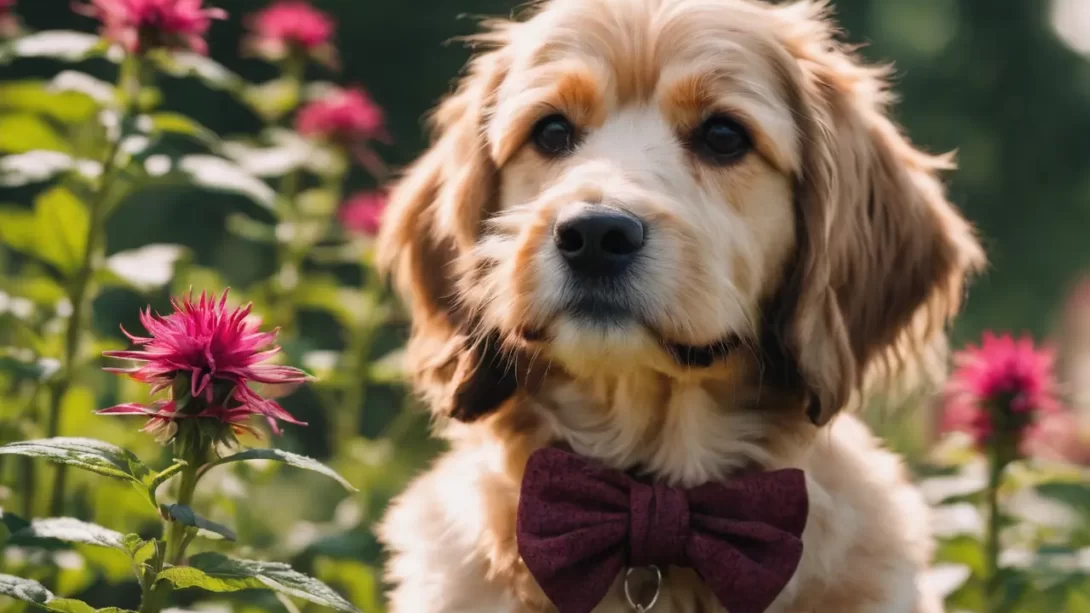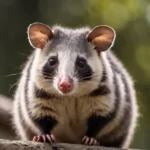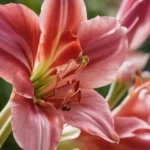Bee Balm, belonging to the Monarda genus, is a popular perennial known for its vibrant flowers and aromatic leaves. This article addresses a common concern among pet owners: the safety of Bee Balm in gardens where dogs have access. Understanding the relationship between plants and pets is crucial for creating a harmonious and safe garden environment. Bee Balm is widely appreciated not only for its aesthetic appeal but also for its attraction to pollinators like bees and butterflies, making it a favorite among gardeners.
Bee Balm
Bee Balm is renowned for its striking tubular flowers, which come in shades of pink, red, purple, and white. It’s a member of the mint family, identifiable by its square stems and distinctive fragrance. The plant is versatile, used in ornamental gardens, as a culinary herb, and even in herbal medicine. With its deep historical roots in North American native cultures and its continued popularity today, Bee Balm holds a significant place in both cultural and horticultural contexts.
General Safety of Plants for Dogs
Many plant species can pose a risk to dogs, either through ingestion or skin contact. As responsible pet owners, it’s important to be aware of which plants are safe and which could be harmful. The symptoms of plant toxicity in dogs can range from mild gastrointestinal upset to more severe reactions like poisoning. Common signs include vomiting, diarrhea, drooling, lethargy, and in more serious cases, seizures or difficulty breathing. Understanding these risks is the first step in maintaining a pet-friendly garden.
Bee Balm and Dogs: The Toxicity Question
When it comes to Bee Balm and its safety for dogs, the good news is that this plant is generally considered non-toxic. There is no substantial evidence or study indicating that Bee Balm poses a health risk to dogs if ingested. This makes it a favorable choice for gardeners who are also dog owners. However, it’s always wise to exercise caution, as individual dogs may have varying sensitivities or allergic reactions to plants, even those deemed non-toxic.
Signs of Plant Toxicity in Dogs
Even though Bee Balm is not toxic to dogs, it’s important to recognize the signs of plant toxicity, as dogs might ingest other garden plants. Symptoms of plant ingestion can include excessive drooling, vomiting, diarrhea, a lack of appetite, and lethargy. In more severe cases, symptoms may escalate to tremors, seizures, or difficulty breathing. If you observe any of these signs, especially after your dog has been unsupervised in the garden, seek veterinary care immediately.
Creating a Dog-Friendly Garden
Ensuring your garden is safe for dogs involves more than just selecting non-toxic plants. It’s about thoughtful planning and understanding your dog’s behavior. To prevent dogs from disturbing or ingesting plants, consider physical barriers or designated play areas. Training dogs to avoid certain areas or plants can also be effective. Always supervise your pets in the garden, especially if you have plants that could be harmful if ingested.
Conclusion
In conclusion, Bee Balm (Monarda species) is generally safe for dogs and can be a delightful addition to a pet-friendly garden. Its non-toxic nature allows gardeners who are also pet owners to enjoy its beauty without significant concern for their canine companions. However, it’s essential to remember that each dog is unique, and what is non-toxic for one may cause an allergic reaction in another. Always observe your dog’s behavior and health, especially after introducing new plants to your garden.
Further, the creation of a dog-friendly garden goes beyond choosing the right plants. It involves understanding your pet’s habits, providing safe spaces for them to play, and possibly training them to stay away from certain areas. Regular supervision is key to preventing any unwanted plant ingestion.
For specific concerns about Bee Balm or other plants in your garden, consulting with a veterinarian is always a good practice. They can offer advice tailored to your pet’s health and dietary needs. Remember, a garden can be a source of joy for both you and your pets when planned thoughtfully and cared for responsibly.




